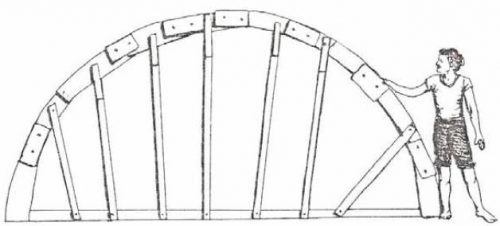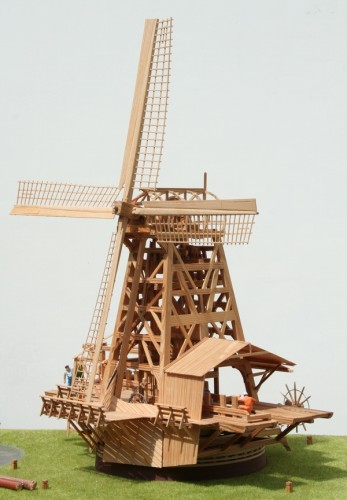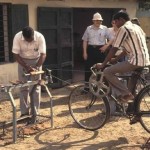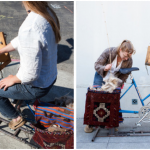Energy Bulletin pointed us to the website of Practical Action (previously known as the Schumacher Centre for Technology & Development), an online resource devoted to low-technology solutions for developing countries. The site hosts many manuals that can also be of interest for low-tech DIYers in the developed world. They cover energy, agriculture, food processing, construction and manufacturing, just to name some important categories.
We would like to add to this the impressive online library put together by software engineer Alex Weir. The 900 documents listed here (13 gigabytes in total) are not as well organised and presented as those of Practical Action, but there is a wealth of information that is not found anywhere else. The library is also hosted here (without search engine).
Other interesting online resources that offer manuals and instructions are Appropedia, Howtopedia and Open Source Ecology. These are all wiki’s, so you can cooperate. The Centre for Alternative technologies has many interesting manuals, too, but the majority of those are not for free. Previously: The museum of old techniques / A do-it-ourselves guide.








